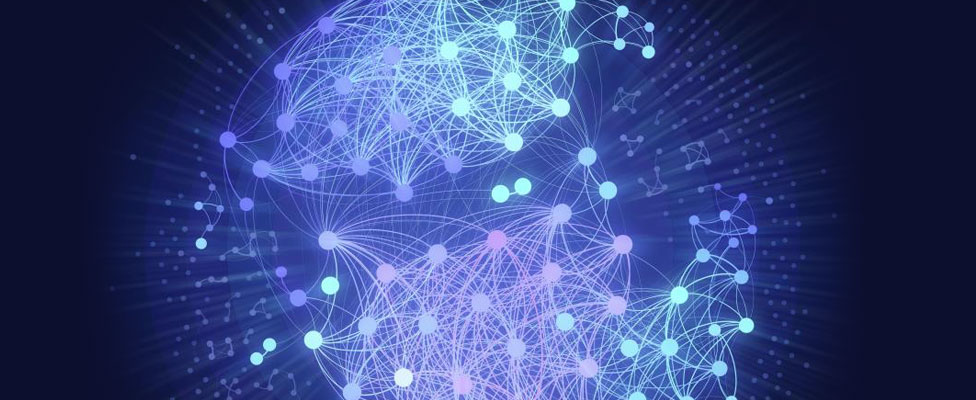
The Changing Face of Geospatial Analytics
Why geospatial and IoT are an important part of big data's evolution.
- By Fern Halper, Ph.D.
- November 17, 2015
Geospatial analytics is changing -- big time.
Only a few years ago, the focus on geospatial analytics was often on describing address-related data (a specific address, point of interest, ZIP code, and so on). This data was matched to a specific latitude and longitude using a process known as geocoding. Together with other corporate data, organizations were able to layer maps and find patterns and trends in the visualization.
For example, a use case for geospatial analytics is insurance risk analysis. On a simple level, an insurance company can use geospatial analytics to see if it is overexposed in a certain area -- say, where the risk of flooding from storm surge is high. The company can map the location of its policyholders and overlay that map with hazard maps of historical flooding to see potential impact. This kind of analysis can be quite detailed. For instance, a given geography might have sub-geographies that may be at lower risk than the larger area.
As more advanced analytics increase in popularity, organizations have started marrying geospatial data with other data for prediction. For instance, the same insurance company might use geocoded data as attributes for a predictive model to determine risk, or a retail store might use geocoded information as input for a predictive model for customer targeting. These kinds of use cases are becoming more prevalent.
In a recent TDWI study on emerging technologies, over 35 percent of respondents stated that they were using geospatial analytics today. An additional 30 percent believe they will be using it in the next three years. Interest is wide and growing.
Now, geospatial data volumes are becoming larger than ever with the advent of more GPS data, sensor data, and other machine data. Geospatial and IoT data are colliding. Geospatial analytics is also becoming more hyperlocal with GPS and technology such as beacons. This is not your father's GIS.
Consider the following examples:
- Retailers such as Macy's, Lord & Taylor, and Walmart are all conducting trials of beacon technology. Beacons are small, low-cost pieces of hardware that use low-energy Bluetooth to transmit to a smartphone or tablet. If you have an application installed on your phone and you walk into a store with a beacon, you can be alerted about a promotion in that store. Behind the scenes, the retailer might be running some sort of model based on your behavior to provide you with the current offer. Retailers are also looking at even more hyperlocal apps such as utilizing the aisle you are in while you're in the store to make you an offer.
- Automobile companies such as Tesla and Cadillac are developing autonomous vehicle capabilities. For example, Tesla has developed what it is calling autosteer capability. It is using forward-facing cameras together with ultrasonic sensors and radar to determine what's ahead of the car (autos, traffic lights, signs, etc.) and what's around the car as well as to detect moving objects. It also uses GPS and high-precision digital road maps to understand where the car is on the road.
- Farmers: Agricultural Geographic Systems help map topography and crop health. New products are hitting the market to further help farmers. Precision agricultural techniques that incorporate GIS and GPS are being used for farm planning and field mapping. Newer technologies that incorporate geospatial analytics together with sensor data are also becoming widespread. For example, John Deere tractors and combines can be equipped with sensors such as moisture sensors or material flow sensors. The company also offers field sensors to provide information on temperature, wind speed, wind direction, humidity, solar radiation, leaf wetness, and rainfall. All of this information can be analyzed for better crop yield.
These are just a few examples of the changing face of geospatial analytics. Enterprises have more data, more sources of data, and bigger analytics than ever. TDWI expects this trend to continue. We view geospatial and IoT as one of the next evolutions in big data.